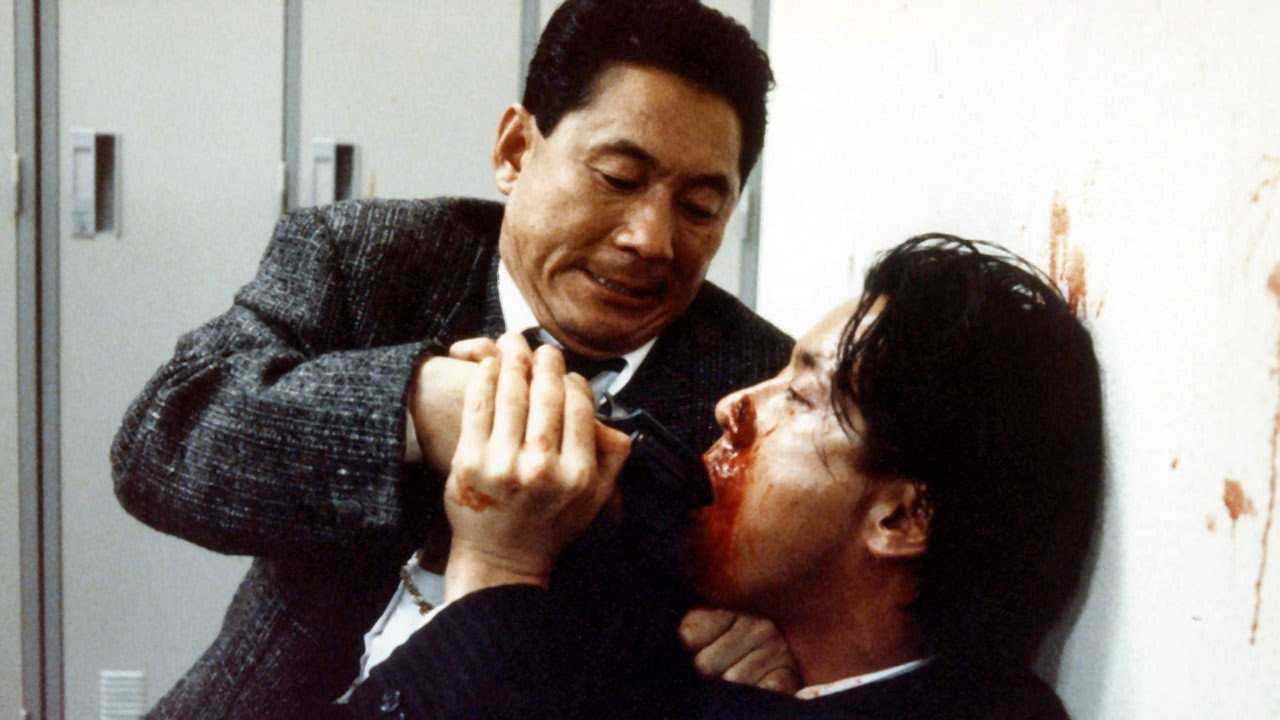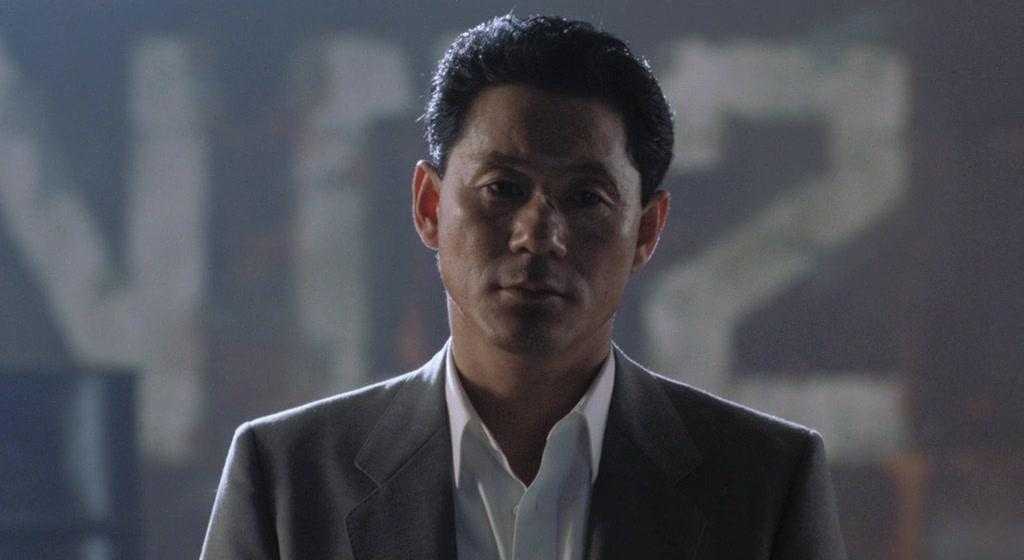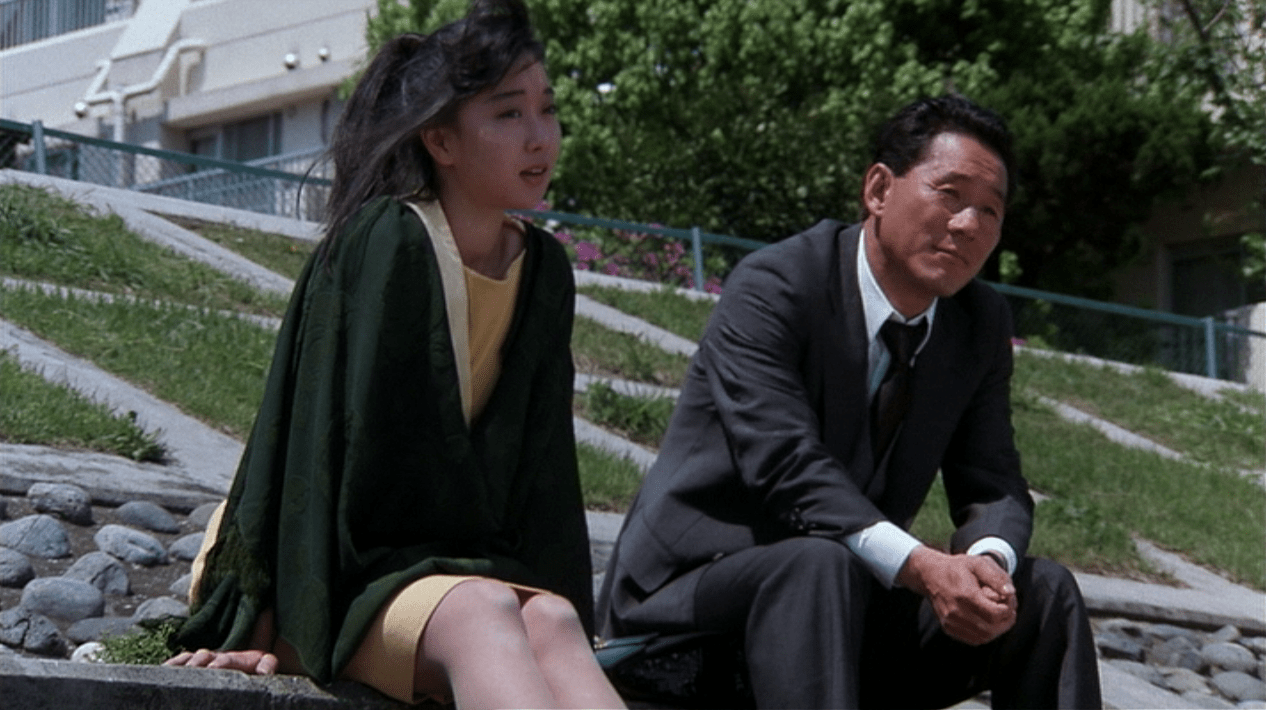Welcome back to our weekly appointment with In the mood for East, a column entirely dedicated to oriental cinema. Today we talk about Takeshi Kitano’s Violent cop
If you have followed from the beginning In the mood for East, our column focused on Asian cinema, you have probably noticed some great absentees. They are those authors who immediately think about oriental cinema, and there are actually more than one. For example, why hasn’t Akira Kurosawa, or Takashi Miike, or Hayao Miyazaki been talked about in all these events yet? Well, there really isn’t a reason, and we’ll probably get to talking about all of them. The fact of having privileged less “fundamental” authors in the history of cinema is pure chance. All this promise just goes to say that today we will be talking about one of the “forgotten” sacred monsters here on In the mood for East. Ladies and gentlemen, today we’re going to talk about Takeshi Kitano.
Beat Takeshi – this is his pseudonym – he is now known as the author of one of the most unsettling filmographies on the Japanese scene. First a stand-up comedian and comic character (yes, he owns the famous Takeshi’s Castle, a grotesque and irreverent television program, adapted in Italy by Gialappa’s Band), then a dramatic actor, and finally a filmmaker. Almost as a joke, Kitano has in effect become one of the most important oriental directors in the world.
It so happened that in 1989 Kitano had to play the lead role in a film directed by Kinji Fukasaku. The film was initially thought of as a yakuza movie with a strong comic streak, but Fukasaku had to give up directing for health reasons. It is then that Kitano intends to replace him, completely distorting the script and the meaning of the work. That movie is Violent cop (the original title sounds like “Warning, this man is dangerous!”), dazzling debut of a comedian who became a director.
Plot and trailer | Violent cop
Azuma (the same Takeshi Kitano) is a one-piece cop who doesn’t hesitate to use violence to achieve his goals. This creates many problems at work, and therefore there are not many colleagues with whom he gets along. Among them is Iwaki (Sei Hiraizumi), who, however, is involved in drug dealing within the police force. To move its reins is Nito (Kishibe Ittoku), powerful boss at the head of a criminal organization, whose right hand is the ruthless Kyohiro (Hakuryu).
The murder of Iwaki, passed off as suicide, and the kidnapping of Akari (Maiko Kawakami), Azuma’s mentally unstable sister, sets off a series of fatal events. In fact, Azuma will no longer be able to curb his murderous madness, and his blind violence will explode hopelessly, causing real carnage.
The exercise of the beloved ultraviolence | Violent cop
As you will have understood from these few lines of the plot, Azuma embodies the figure of a policeman outside of any moral and professional ethics, dedicated to the most extreme violence, a sort of private executioner rather than a representative of the law. In his monoexpressive and imperturbable gaze an existential burden is hidden that only elements such as the sea, art and sport can alleviate. Everything else is having to deal every day with the rotten and squalid world of a decaying metropolis. Family problems and gambling do the rest. Although his methods are, so to speak, unorthodox, man still maintains his own sense of integrity, almost the only bulwark within rampant corruption. The two main institutions, the police and the yakuza, become here two sides of the same coin, corrupt organisms in a society left in disarray..

It is strange to think of the evolution of the “Kitano character”. He was born as a comedian, and in his works he transforms instead into a figure with strongly dramatic connotations (even if often seasoned with a grotesque touch). In Violent cop – which we remember was supposed to be a kind of comedy – Kitano eradicates all the irony from the original unsettling film for its extreme cruelty. Here and there, but especially in the finale, all the brutality of the case explodes.
Kitano himself looks a bit like his character. Free of charge violent, in no uncertain terms, one who does not turn around things too much. Just as Azuma does not shy away from using violence to enforce his idea of justice, Kitano throws us in the face what his idea of cinema is and will always be.
“Everyone’s crazy here” | Violent cop
Kitano begins here his path of overturning the rules of the detective genre. The fact that Azuma does not embody the classic “good cop” is already known, starting with a famous figure such as Inspector Callaghan. Most of all they are hers stylistic choices to make Violent cop deviate from the classic yakuza movies. Kitano’s gaze (director, in this case) often favors less narrative segments (such as long walks), in the best tradition of oriental cinema, and proposes a sudden, totally new and unsettling use of violence.

The strength of an author like Kitano is the knowing how to dye the darkest, most raw and ferocious moments with poetry, as only great artists can do. The slow motion beating scene, with Erik Satie’s piano accompaniment in the background, is emblematic in this sense. On the one hand, the innocent gaze of the child anticipates events and introduces us to the brutality of the scene. On the other hand, we are almost inclined not to perceive this ferocity, because the sound has the ability to estrange us from events.
Kitano’s work upsets and destabilizes the viewer. His entire filmography stands as a reinterpretation of the classic, completely breaking the mold with a very personal authorial touch. Kitano was probably not fully aware of the medium of film at the time, not as he is now, at least. However, his personality, his sensitivity, allowed him to strongly impress his style even on his debut behind the camera.
Conclusions
Why, within Kitano’s filmography, did we choose to talk about Violent cop? If you know the Japanese artist, you will probably also know that there are others of his masterpieces. And we know this too. Violent cop is a good film, still “raw”, which however does not reach the poetic heights of works such as Sonatine (1993), Hana bi – Fiori di fuoco (1997) or Dolls (2002). However, it appears essential to understand what his poetics will be from that moment on. In Violent cop there is the unmistakable germ of the Beat Takeshi we know today, the one that made us fall in love with his films.
Keep following ours specials dedicated to cinema and TV series on this page, where you will find new appointments from our columns every week!















